|
by Jade Alicandro Mace This time of year both the gardens and my kitchen start to get a little crazy with the sudden realization that the wheel of the seasons is turning. This is one herbal preparation I can't do without- Winter Immune Honey. Basically, I stroll through the garden and harvest what's in season and looks good! This season's batch included Echinacea flower, Calendula, Bee Balm, Blue Hyssop, St John’s Wort, and Tulsi. Just thinking about getting to curl-up with a nice spoonful of this in my tea mug makes the on-coming seasonal transition less ominous and- dare I say it?- even a tad-bit exciting.... Combine any combination of the following herbs, fresh (my preference) or dried. I’ve included some suggested percentages below (and of course many of these plants could go into both categories!). The idea here is to pull from the lists and make your own unique honey, based on your favorite herbs, what you have access to, and the specific herbal actions you’d like your honey to have. Your result will be a honey with a wide range of herbal actions, so you can effectively treat the vast array of winter ailments you might come across in the coming months. And remember- many of these herbs can be procured at your local grocery store or farmers market (especially the culinary herbs), and can tolerate some frost, often hanging on in the garden well into fall. A quick note about the herbal actions listed below: Aromatics are herbs that have a wonderful aroma because they are rich in essential oils (which tend to be anti-microbial). In my experience, aromatic herbs make the most delicious honeys! Anti-microbials and anti-virals are just what they sound like. Diaphoretics promote a healthy fever response which is part of your body’s immune strategy for fighting-off pathogens, as a higher body temperature can inhibit proliferation and reproduction of many viruses and bacteria. Lymphatics stimulate the lymphatic system, which is where many of our immune cells are born, and is also the primary transport system for immune cells to get to and from infections. Supporting the lymph means stimulating your body’s own vital force and flexing the proverbial “muscles” of the immune system, which is a good thing! The lymph fluid also transports waste products from fighting-off a pathogen, and the day-to-day metabolic waste from cellular metabolism to eliminatory organs as well. So, how do you make it? First choose your herbs… Lymphatic/Immune Stimulating Herbs- 50%
Aromatics/Anti-microbials/Anti-virals/Diaphoretics- 50% (mix-and-match)
Next, add the herbs to the honey! The process is so simple…..put your herbs into a dry glass jar, cover your herbs in raw honey (local if possible) and let sit for at least 2 weeks. If they are fresh they must be free of excess water from rain, dew, etc, and also chopped pretty fine, removing any woody or tough stems. Stir well so that all the plant material is evenly coated in the honey. Some will be poking-up from the top of the honey and that’s fine! As long as it’s coated in the honey it won’t mold. If you are making it with dried herbs, follow the same directions as above, only don’t worry about having to remove woody stems. To Use: I always make my honeys with fresh herbs. This is because I never strain my fresh herb honeys and prefer to use them with the plant material still in it. My favorite method is to mix a spoonful in hot water for instant tea or add to herbal tea at first sign of cold or flu. Then I eat the herbs at the bottom of my tea cup! You will find that honey does an amazing job of preserving the fresh herbs and there is still lots of medicinal activity and vibrancy to the plant material. So, I think you lose a lot of the medicine by straining it out. I can still taste the tingle from the Echinacea flowers when I eat a spoonful of the winter immune honey I made months and months ago! You can of course also eat this by the spoonful, spread on crackers or toast, and so on. The possibilities with herbal honeys are really endless! If you are using dried herbs, then it’s a different case and I find that those are better strained. Use your honey with wild abandon at first sign of sickness and have at least 3 tsp/day and much more is fine to take. You can also take during sickness to lessen duration and ease symptoms. Kids of course love this remedy as well! Enjoy and Happy Honey-Making! 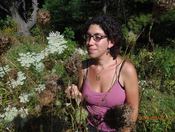 Jade Alicandro Mace is a community herbalist living in the rolling hills of western massachusetts. She has an herbal practice, runs a low-cost community herbal clinic, and teaches a class series and apprenticeship in bioregional herbalism. Learn more at www.milkandhoneyherbs.com, or follow her on facebook (Milk & Honey Herbs) and instagram (@milkandhoneyherbs) by Ashley Sapir Lathrop Anxiety is a reality for so many people. It can act as a filmy layer keeping us from shining brightly in our intentions and goals. In some families anxiety is passed from one generation to the next. For others anxiety is a result of trauma. Simply being a human being in a world with so much change and conflict happening daily is enough to invoke feelings of fear and worry. Whatever the root, from old patterns or new information that is overwhelming, I am a huge believer that life can go on without anxiety. I’ve seen it in my own life and in my clinical work as an herbalist time and again. Old patterns can be broken and new ones created so we can truly thrive in this one “wild and precious life” as Mary Oliver writes so powerfully. Loving self talk, mindfulness, engaging in joy and deep connection (to nature, animals and people) are essential parts of the formula. Having these sacred sundries in our internal pantries provides a solid foundation. Our plant allies can take it to the next level. What keeps you grounded? So much of life and presence is about having yourself firmly planted in your beautiful self. It is easy to get distracted. Committing to catching the distraction, the moment where your heart starts to speed up, or butterflies beat in your gut is a tool of awareness that can be honed. Even if it takes an hour, it is this catching that can unlock the gateway to building new neural pathways. Taking some tincture of one of our many amazing nervines can aid in that recovery process. For some it feels as if the colors in the room have just gotten brighter or there is an awareness of hunger or fatigue welcoming one back into their physical body. I love watching the shift. Have you seen that? When someone takes just the right herb and all of the sudden their eyes brighten or they start to giggle or cry. Witnessing those energetic shifts makes me giddy about getting to practice herbalism. So let’s talk about the four plants that I carry with me when I work away from my Apothecary. I simply couldn’t work without motherwort, skullcap, holy basil and passionflower. Read on to learn what I love about each of them. Motherwort is so abundant and wild and it is for these qualities that I revere her. When feeling tight and confined, as if there is just not enough room to breathe, motherwort’s message of spaciousness and tenacity can be the perfect antidote. I’ll never forget walking outside into the glaring sunlight, just weeks into new motherhood, feeling content with my new role and at the same time disoriented by all of the demands on my attention and body. Who beckoned to me from a spot of earth next to the concrete stairs? Of course it was motherwort, growing uninvited but so welcome! Motherwort is a wonderful ally for those overwhelmed by all that they give, whether through their role as parent or simply the way they interface with the world. Motherwort is well known for its affinity to anxiety that manifests as heart palpitations and sweaty palms. Additionally when I see female bodied clients who are experiencing anxiety accompanying hormonal shifts motherwort is the first herb that we try. It is almost always an important part of their formula. Skullcap is so cooling, just as you’d expect from a plant that adores having its roots near the water. I love finding skullcap in flower, growing along streambeds in the forest. This is a plant that is great for people who get really “fired up” and need to cool off a bit. Another signature of skullcap is that tightening in the top of one’s head that can happen when overthinking or prolonged tension have been occurring. Skullcap is a lovely plant ally for those that just can’t sleep due to tension they haven’t been able to release. Holy basil, for me, is like basil on steroids. Basil tea has long been an ally for me. As someone who tends towards a colder constitution the pungent warming qualities of basil have a magical effect. If you’ve never tried making tea from the leaves of a fresh basil plant I invite you to do so and experience nirvana. Simply let it steep covered for ten to fifteen minutes, sweeten with a touch of honey, inhale and prepare for deep bliss. There’s a smoothing of frazzled edges and more room to breathe. Holy basil, sister to basil, is sacred in all of India. This speaks to the nourishing qualities of the plant. The fragrance, which whisper of tropical fruit mixed with the already lovely aromatic profile of basil, enliven you on the spot. Holy basil can also nourish your adrenals and help you to build resilience. I love plants that work for the long run while soothing you in the moment. Passionflower is one of my dearest plant friends, which is no surprise to anyone who has seen my logo. This plant is just amazing for those circling thoughts that some of us experience. It has a special affinity for those who may have obsessive compulsive disorder or experience obsessive thoughts. One client had a scary car accident and couldn’t stop thinking about it every time she got behind the wheel. She took tincture of passionflower each time she got in the car and credits it to allowing her to move through the trauma. People who get “stuck” in their fears may be pleasantly surprised to see that passionflower can midwife them to freedom. These are the plants that I’ve developed strong relationships with over my years as a practicing herbalist. I’d love to hear about yours. I’m always eager to hear stories about people’s relationships with nervines, as a way of exchanging information and developing records of our collective experience. I hope our paths will cross in the future. In the meantime feel free to reach out through my website with tidbits and stories about your plant journeys.  Ashley Sapir Lathrop is an herbalist and educator living below the Shawangunk Mountains in New York. She is passionate about people/plant relationships and the healing shifts that happen when people feel empowered to deeply care for themselves. Ashley has studied with indigenous healers in Nicaragua, as well as stewards of Traditional Western Herbalism here in the States. She finds great joy in gardening, wildcrafting with her family, teaching, and meeting with people in her clinical practice at a Midwifery Center. You can find Ashley at dreamkeeperbotanicals.com |
Archives
November 2023
Categories
All
|
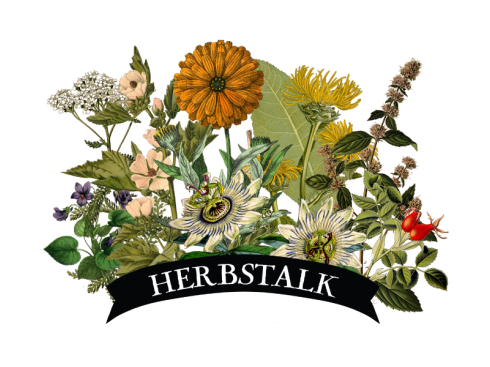
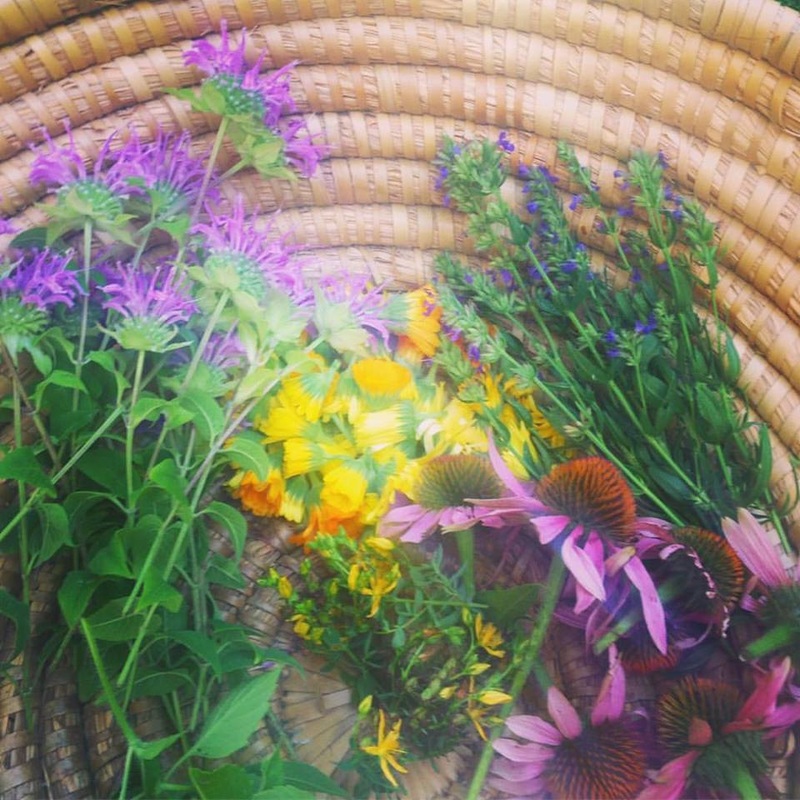
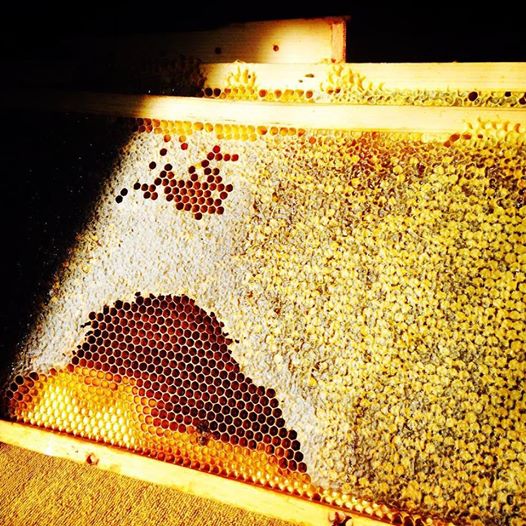
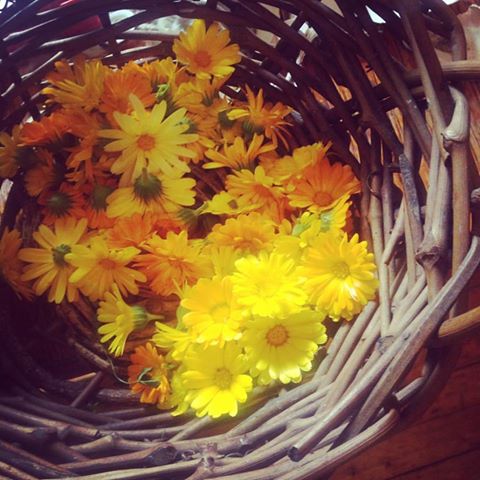
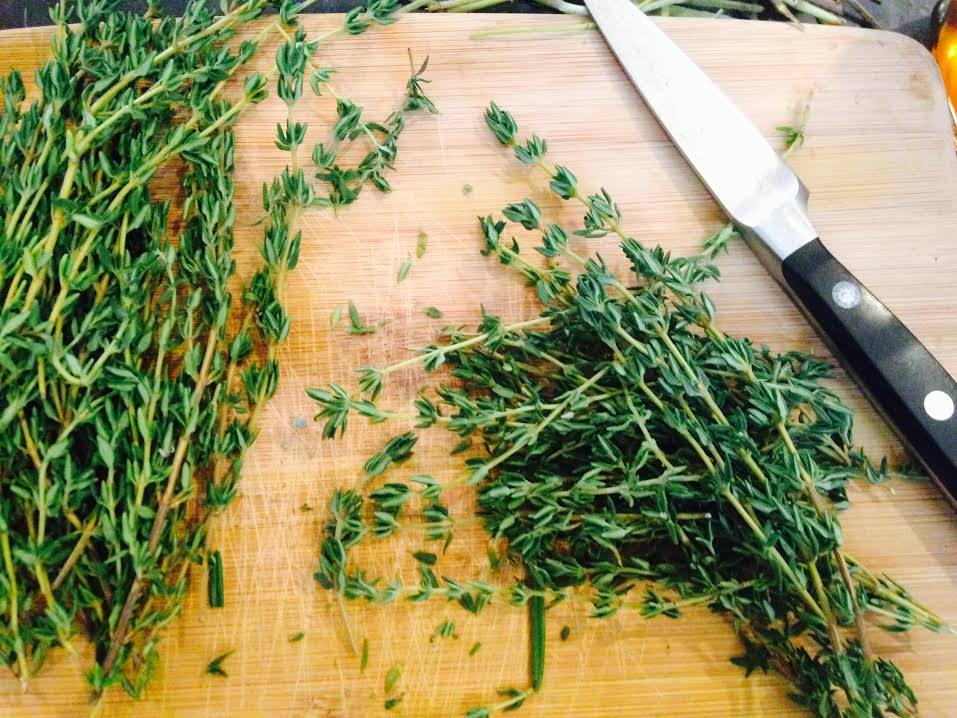
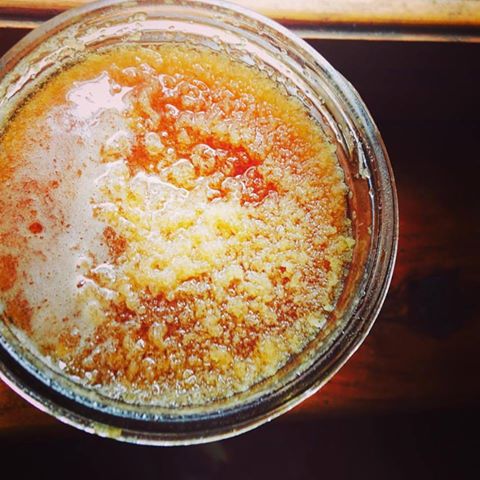

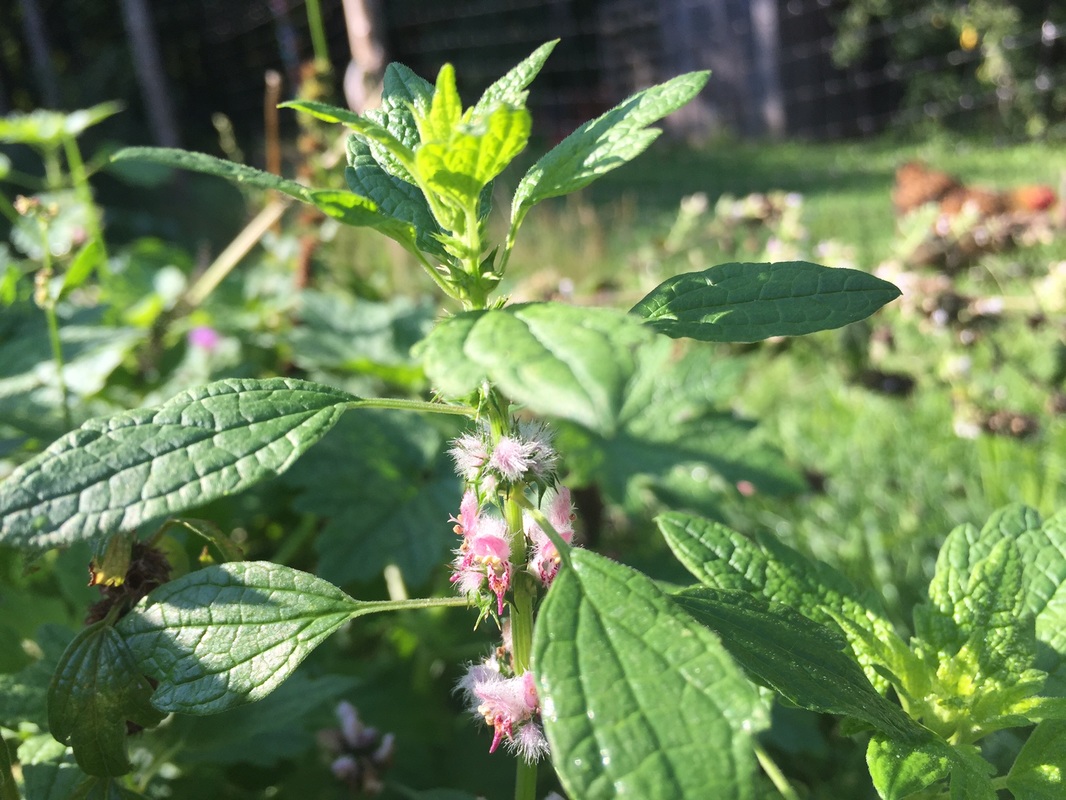
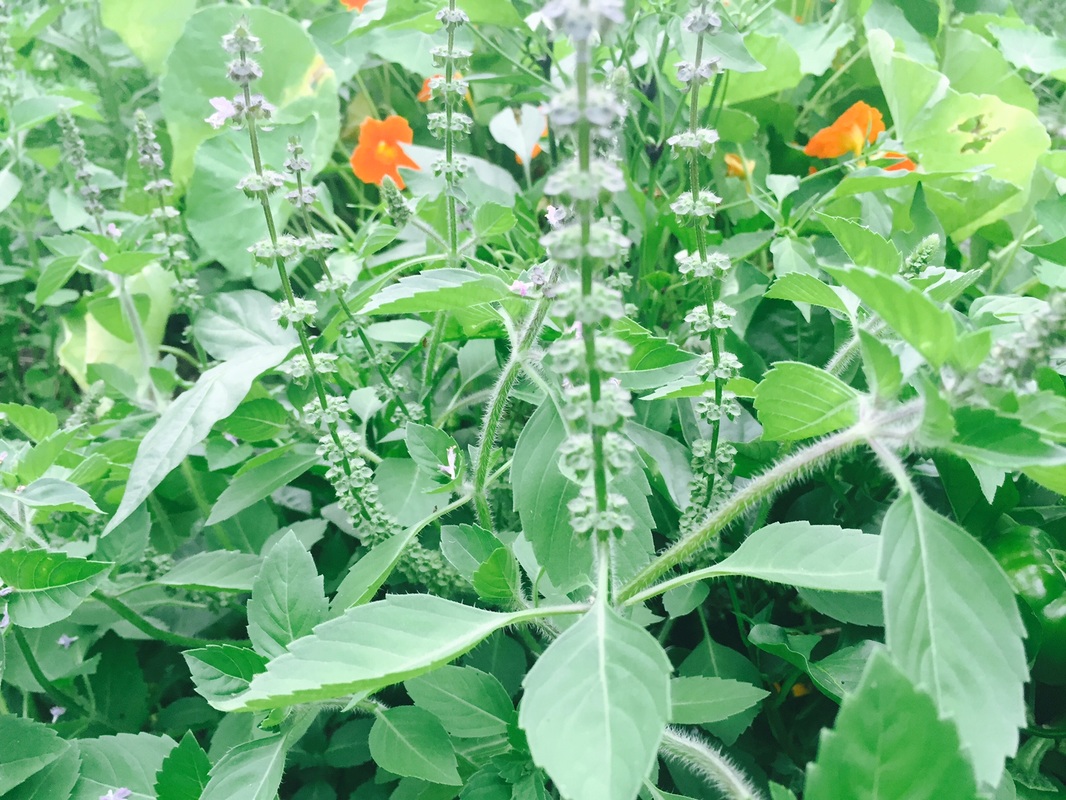
 RSS Feed
RSS Feed